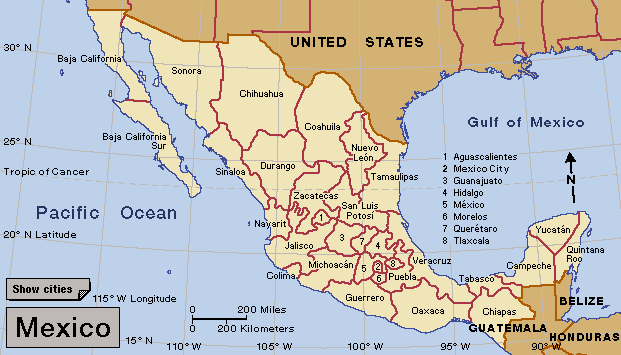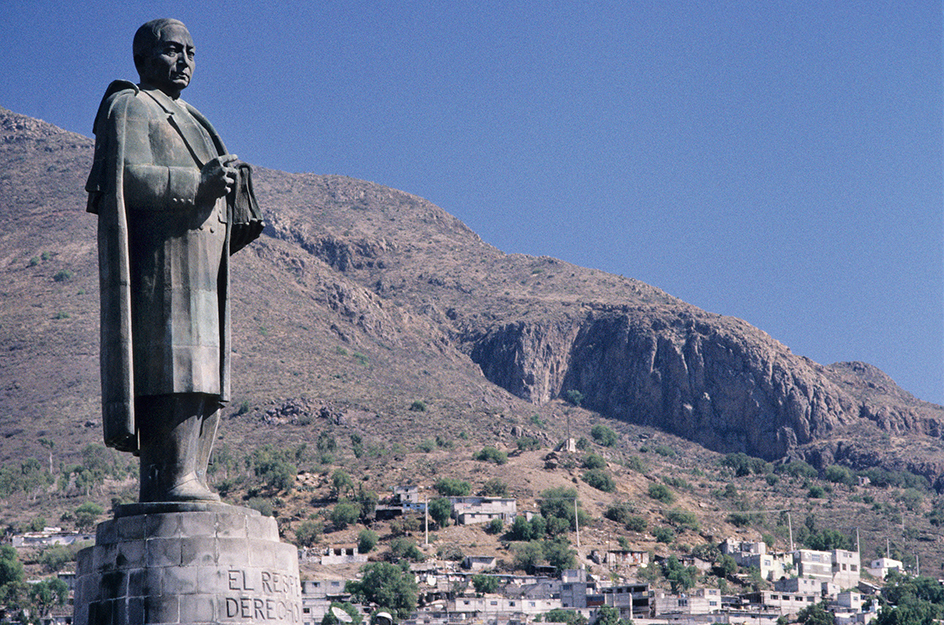Hidalgo << ee DAHL goh >> is a state in central Mexico. It covers 8,036 square miles (20,813 square kilometers). At the time of the 2020 census, Hidalgo had a population of 3,082,841. The state is named after Miguel Hidalgo y Costilla, a Mexican priest and leader of Mexico’s independence movement. Pachuca is the capital city.

Hidalgo has three geographic regions—the rainy and subtropical northeast, the Sierra Madre Oriental mountain range, and the Central Plateau. The high Central Plateau receives little rainfall. Agriculture is one of Hidalgo’s most important economic activities. Chief crops include alfalfa, barley, beans, and corn. Hidalgo is also known for the production of pulque, an alcoholic drink made from the fermented juice of the maguey plant. Since the 1500’s, when Spain colonized Mexico, Hidalgo has been an important mining center. The state is rich in such metal ores as copper, gold, lead, silver, and zinc. A growing manufacturing industry produces cement, textiles, and transportation equipment. The state’s hot springs and colonial architecture attract a number of tourists.

The Toltec Indians were among Hidalgo’s native inhabitants. In the 900’s, they built a major city whose ruins lie near present-day Tula de Allende, about 45 miles (70 kilometers) north of Mexico City. The Toltec introduced worship of the god Quetzalcoatl, usually represented by a plumed serpent, in Mexico. Their influence spread all the way to the Yucatán Peninsula in eastern Mexico.
Hidalgo became a Mexican state in 1869. Before that, it was part of the state of Mexico. Beginning in the 1970’s, conflicts over land rights resulted in agricultural revolts and occasional violence. Today, native communities continue to struggle over land ownership.
